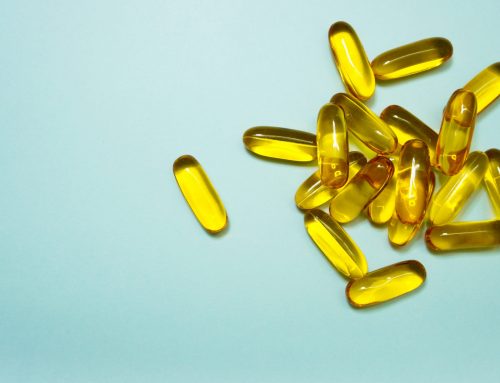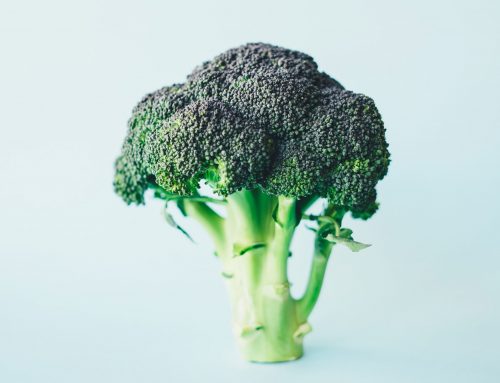Now that autumn has arrived and the days are starting to get short once again, some of us may get a feeling of sadness that occurs during the winter months. Seasonal Affective Disorder (SAD) is a form of depression that about a quarter of people experience and about five percent are significantly affected by it. Some symptoms include depression, lower energy levels, agitation, anxiety, and sleeping troubles.
Why are some people so affected by the seasons?
There is not one specific reason causing SAD. One of the most likely causes is the lack of light especially for those who work during the day and may not see much of the sun. Your endocrine system is greatly affected by sunlight meaning your hormones could be out of balance. Additionally, with longer nights and less strong sun, your body may produce more sleep hormones, making you feel more tired and less energetic. Other hormones shift during the winter months including serotonin levels leading to a feeling of depression.
How can I alleviate these symptoms?
There are several ways to shoo away the winter blues. One of the simplest methods is to increase the amount of light you absorb. The best time to gain access to the sun is the first morning hours. If is nice out, going outside is the obvious solution but let’s be honest, it is not always possible! Cold, windy, and stormy, make it less desirable. You are not likely to go outside for an hour or more every morning. So, getting a full spectrum light box and using it for thirty to sixty minutes in the morning can help awaken your endocrine system allowing you to help bring your hormones in balance.
Another key factor can be exercising. Staying on your regular exercise routine during winter is critical. Thirty to sixty-minute workouts multiple times a week make a huge difference in balancing your system. Even if you struggle to get a proper strong workout, spending ten minutes dancing around the house can be a great help! Another way to help is by boosting your Omega-3s by adding more wild-caught fish to your diet.
If you find that these are not a strong enough intervention, introduce vitamin D. Vitamin D is nicknamed the sunshine vitamin as it is produced when we get direct sunlight. Many people suffer from a lack of vitamin D throughout the year and it is only heightened in the winter when there is less time for sunlight. Just make sure to take it with a meal that includes fats to ensure proper absorption. And use a quality brand that also has the co-factor nutrients with it. Best to seek advisement from your medical provider. These are just a few simple ways to help stave off the effects of SAD. If you find that winter really gets you down, know you are not alone. It is a common wintertime symptom. Don’t ignore the issue, instead seek out that ray of sunshine that will keep you bright and shiny until the warm sun returns again in the spring. And, you may also wish to visit with your medical provider to have them run labs on your thyroid and adrenal glands to ensure they are in proper range.




